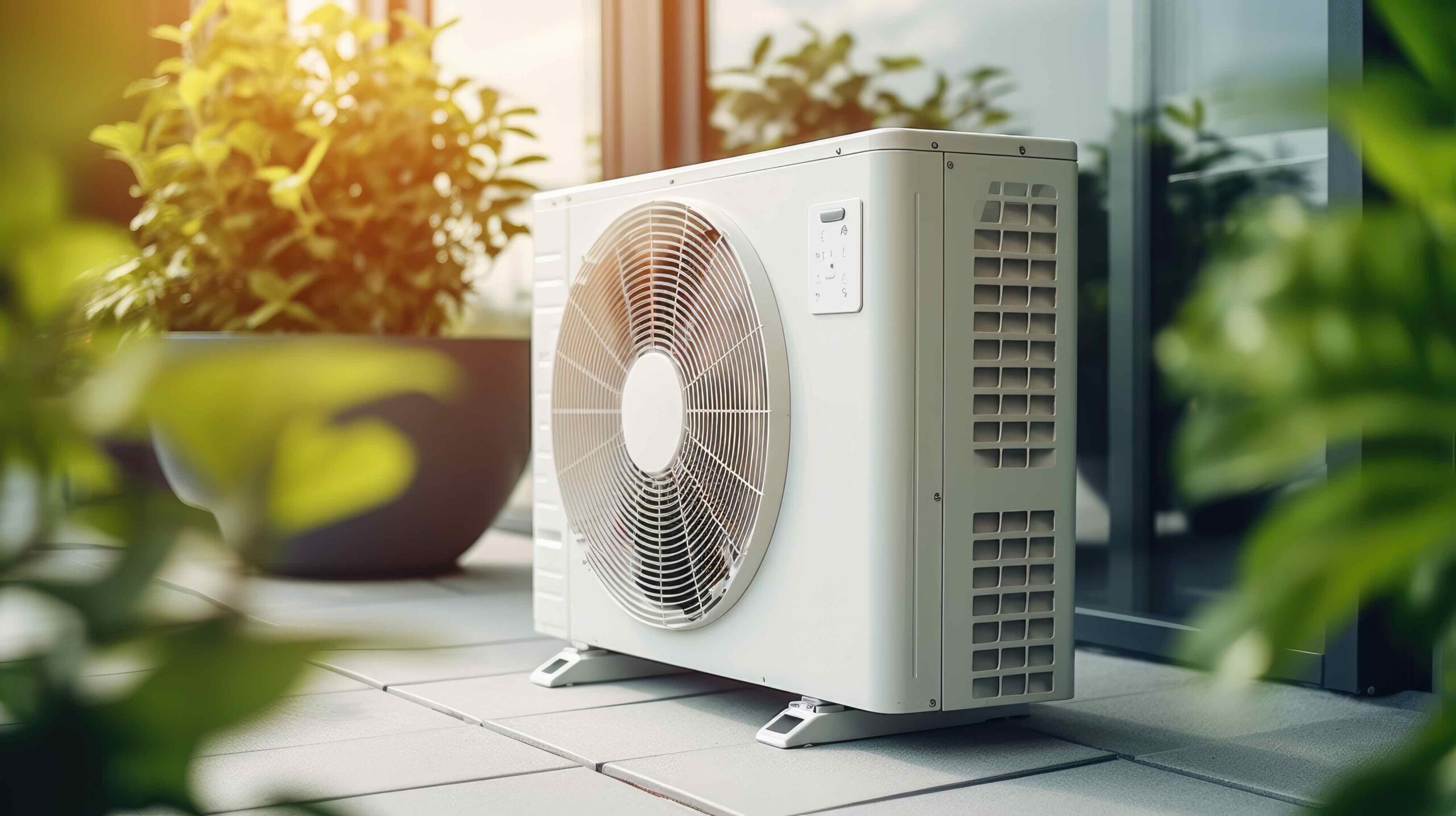The UK may not be the warmest or sunniest place to live, but businesses and commercial buildings still rely heavily on air conditioning to maintain comfortable and productive environments. But, using air conditioning isn’t simply a case of turning it on, enjoying a perfectly temperature controlled room, and thinking no more of it. Operating an air conditioning system comes with responsibilities, including compliance with regulatory standards. This is where TM44 inspections come in.
What is a TM44 Inspection?
A TM44 inspection is an air conditioning system assessment, and it’s required for all systems with an effective rated output of more than 12kW. The term ‘TM44’ refers to the industry accepted guidance for the energy efficiency of air conditioning systems, as set out by the Energy Performance of Buildings Directive (EPBD), which is why they’re often simply referred to as TM44 inspections. These inspections are designed to ensure air conditioning systems operate efficiently, whilst minimising environmental impact and energy use.
The inspections should be carried out by a professional energy assessor every five years, starting just before the system reaches five years of age, and then every five years after that. To ensure TM44 inspections stay up to date and don’t lapse, it’s best to arrange them just before the five year mark rolls around.
The TM44 Inspection Process
There’s a lot that goes into a TM44 inspection, and the length of the assessment will vary depending on the size and complexity of the air conditioning system. A TM44 inspection happens on-site, giving the assessor direct access to all parts of the air conditioning system, including all equipment and controls. A TM44 inspection is done to make sure the air conditioning is working as efficiently as possible and if it’s now, what can be done to change that.
There are a range of things that are looked at as part of a TM44 inspection, and energy assessors are extremely thorough. They look at refrigeration equipment, heat exchange systems, system controls, air moving systems, any maintenance that’s been carried out, documentation and anything else that’s related to the functionality of the system. The inspection will highlight if there are ways to reduce energy consumption, reduce operating costs and reduce carbon emissions.
What Happens After a TM44 Inspection?
Once the inspection is complete, a report will be created, detailing everything that was found during the assessment. It will include information on how efficient the air conditioning is, recommendations for system improvements and information on how a business can reduce its reliance on air conditioning. It will also detail if there are any ways the operation of the system can be improved and whether an older system – or specific parts of the system – needs replacing.
How to Ensure Air Conditioning Systems Compliance
- Check Your System Capacity – One of the most important things to do is determine if your air conditioning system exceeds the 12kW threshold. If it does, you will need to organise regular TM44 inspections.
- Schedule Regular Inspections – It’s important to make sure your TM44 inspections are conducted at least every five years, and they must be conducted by a qualified assessor. Otherwise, you could face a penalty.
- Keep Your Records Updated – You’ll need to maintain records of your inspections, as this is how you prove that you’ve been compliant. You might need these records if you’re audited, and they’re good to refer back to if you’re carrying out changes based on what the assessor found.
- Act on Professionals Recommendations – The air conditioning systems assessor will detail any changes needed to improve the efficiency of your system. It’s important to pay attention to these recommendations, and act on inefficiencies or maintenance highlighted in the report.
Why are TM44 Inspections Important?
A lot of people don’t think twice when they use air conditioning, but they do use a lot of energy, and this can spiral if the system’s energy efficiency isn’t checked.
- They Identify Energy Inefficiencies and Saves Money – TM44 inspections uncover inefficiencies within air conditioning systems, including maintenance issues that are hindering optimal performance. By addressing these inefficiencies early, businesses can reduce their energy consumption. This leads to lower energy bills and less energy usage. Plus, as an energy efficient air conditioning system reduces a business’ carbon emissions, it supports sustainability efforts and ‘green’ operations.
- TM44 is a Legal Requirement – As TM44 inspections are legal requirements under the EPBD, an inspection isn’t something a business can simply avoid, hoping it goes away. Not complying with the legal requirements can result in financial penalties and damage to a business’ reputation, but ensuring inspections are carried out regularly shows a commitment to regulations.
- They Increase a System’s Lifespan – A variety of system problems can be found as part of a TM44 inspection, allowing for it to be fixed before it turns into a much bigger, costly issue. By addressing air conditioning system concerns early, businesses can avoid unexpected breakdowns and emergency repair costs, which quickly add up. As TM44 inspections are done every five years, there’s a regular chance to check the system, making sure it’s working as efficiently as possible. If anything needs replacing or fixing, it can be done quickly, before the problem worsens. This not only supports better system performance and reliability, but also helps businesses to maximise the return on investment, as a looked after system is likely to last a lot longer.
At JosTec, we do everything we can to help keep properties compliant and in adherence to building regulation guidelines. In addition to TM44 inspections, we provide a range of complementary services designed to ensure compliance and efficiency, including energy performance certificates (EPCs), overheating calculations, and acoustic design and consultancy services. Whether you need guidance on air conditioning systems or broader regulatory compliance, our knowledgeable experts are here to help you optimise your building’s performance and sustainability. Explore our full range of services to see how we can support your business.



